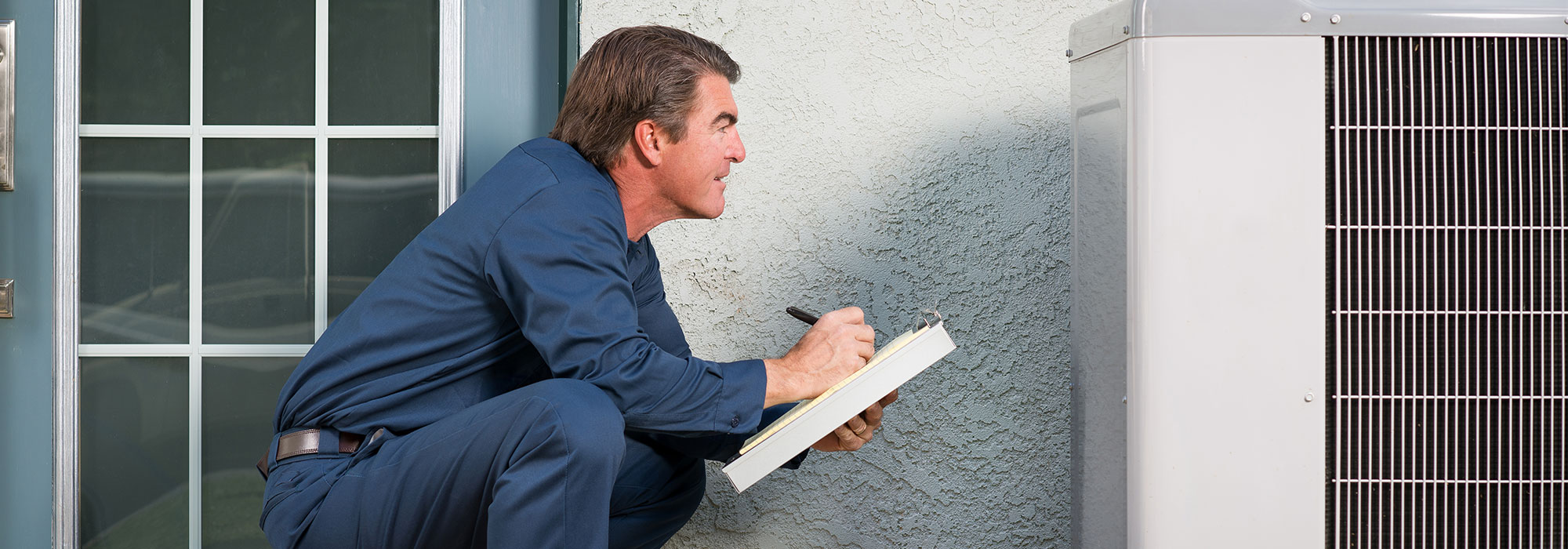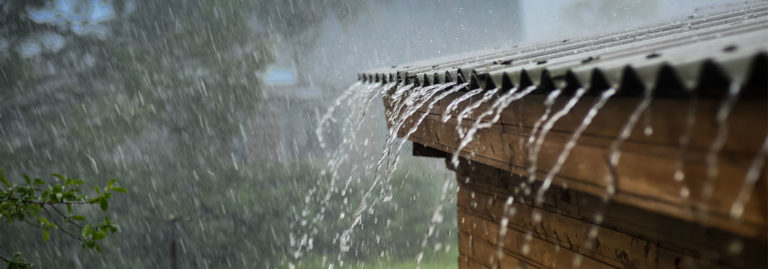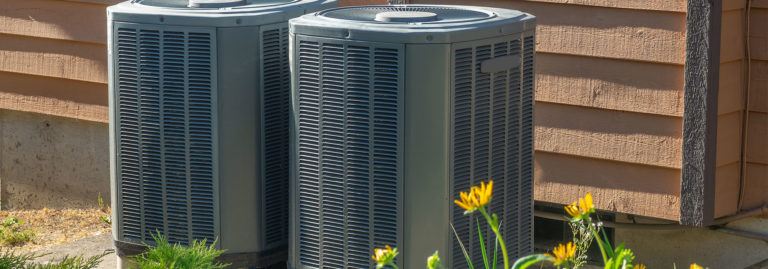A Brief History of Air Conditioning Technology
Air conditioners are such a huge and important part of our lives that we often wonder what people did before they existed. These systems aren’t simple or straightforward: in fact, they’re actually highly complex electromechanical systems that are constantly being improved year after year as companies continue to push the boundaries of technology. But in order to truly appreciate this invention’s rise to fame and where it’s going in the future, it’s important to know where it came from. So here’s just a brief glimpse into the history of air conditioning technology.
Willis Carrier
Willis Haviland Carrier invented the first ever modern-style air conditioner all the way back in 1902. Carrier was a skilled engineer who came up with a new concept: can you also control humidity while controlling temperature. He borrowed concepts from previous mechanical air coolers, only this time he sent the air past coils which he filled with cold water, which both cooled the air and removed humidity.
In 1933, Carrier Air Conditioning Company of America advanced the technology even further forward again. This new air conditioner used a belt-driven condensing unit and blower, mechanical controls and evaporator coil, almost exactly like what we see in modern air conditioning units today.
Public Building Cooling
The St. Louis World’s Fair in 1904 was the first time a public building was cooled using a mechanical cooling technology. The Missouri State Building, where the fair was held, was cooled by a system that used 35,000 cubic feet of air per minute to cool the entire facility.
The air conditioning boom was well underway not long after, but it wasn’t until 1922 that Willis Carrier invented the idea to pump the air through higher vents rather than vents in the floor. This lead to a much more even distribution of temperature and better overall comfort. That same system also used a new type of centrifugal chiller, which had fewer moving parts and increased reliability while lowering costs.
Home Cooling
The first air conditioners were too large and expensive for the average homeowner to purchase, which is why movie theaters and other public buildings became known for their cool air. However, Frigidaire introduced the first split-system cooler in 1929, which brought the technology into homes around the country. Standing about the size of a radio cabinet, these systems were a lot like the standalone coolers we’ve come to know today, only considerably larger and heavier.
In the years following, General Electric started improving the design, making it smaller, lighter, and less expensive.
Modern Technology
In the 1970s, the energy crisis hit, which prompted sweeping legislation that reduced energy consumption, and thus drove the need for a more efficient system. This prompted companies to start changing their priorities to using less electricity while also cooling better. Today, those same standards have improved and become even tougher to pass, but the results have been largely rewarding for homeowners: new air conditioners today use roughly half of the energy that a new system would have back in 1990.
Modern air conditioners also are more connected to us as homeowners than ever. Smart thermostats give us precise control over our energy usage and temperature, and many even allow us to control these parameters from wherever we are anywhere on the globe thanks to Wi-Fi connectivity.
Need Air Conditioning Installation? Talk to your air conditioning repair experts at Airrific Air Conditioning & Heating today! Call (941) 371-3355.







